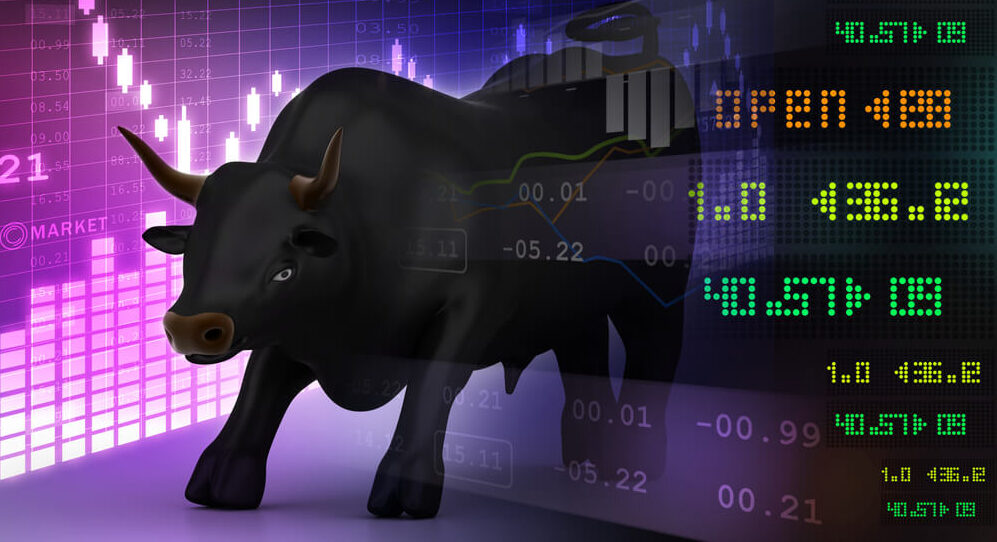Michael Batnick, Director of Research at Ritholtz Wealth Management, tweeted a factoid about the current bull market that I wasn’t sure I believed at first:
The average stock in the S&P 500 is 91% higher than its 52-week lowhttps://t.co/33kqwvxUif
— Michael Batnick (@michaelbatnick) November 17, 2020
The average stock in the S&P 500 is 91% higher than its 52-week low.
Stop and read that a second time. The average stock is up 91% since the March lows. Nearly 200 of the 500 stocks in the index have doubled, and plenty have tripled or even quadrupled.
And all of this has happened during one of the deepest recessions in history and the worst pandemic in a century … one that’s still infecting Americans at a record rate.
It’s not just stocks that are rocketing higher. Bitcoin is on fire again. Even crude oil — one of the most battered asset classes in living memory — shows signs of life. And lest we think this is nothing more than an inflation trade, inflation-hating bond prices have been trending higher for most of November.
It’s a bull market in everything…
You might think this is crazy. And frankly, you might be right. The stock market hitting all-time highs at a time when the real economy is still suffering doesn’t seem right. Gross domestic product (GDP) contraction today is around where it was near the bottom in 2008.
But there are a couple of things to keep in mind.
Why There’s a Bull Market in Everything
 To start, the stock market isn’t the economy. Main Street and Wall Street are two very different things.
To start, the stock market isn’t the economy. Main Street and Wall Street are two very different things.
Large technology companies well positioned to thrive in 2020 are driving the bull market higher. The struggling family restaurant down the street isn’t represented in the S&P 500.
And some of the stocks bouncing hard off of their lows — even by hundreds of percentage points — are still below their pre-pandemic highs. As an example, Darden Restaurants Inc. (NYSE: DRI), the parent company of Olive Garden and a variety of other chain restaurants, has more than quadrupled off its March lows. But it’s still about 12% below its February highs. When life eventually returns to normal, some of the most battered stocks should catch up to the rest of the market.
But perhaps the biggest takeaway from this bull market is that, at least in the short-term, fundamentals don’t matter. The only thing that matters is supply and demand:
- If there are more buyers than sellers, prices rise.
- If there are more sellers than buyers, prices fall.
Fundamentals affect the numbers of buyers and sellers over time. But that’s a time horizon you measure in years, not months.
I don’t know how high this bull market goes before it hits a brick wall. But I do know that the Federal Reserve flooded the market with liquidity months ago and plans to keep interest rates pegged at zero for another couple of years at a minimum.
I also know that, as bad as the virus situation looks now, investors are looking ahead to 2021 and betting that the COVID-19 vaccines allow life to get back to normal in a hurry.
So, expensive or no, it makes sense to be in this bull market right now.
You shouldn’t throw caution to the wind, of course. We should keep risk management in place and determine our exit strategy before we buy.
I fully expect this to end badly at some point. Market bubbles always do. But before it does, let’s make some money.
Money & Markets contributor Charles Sizemore specializes in income and retirement topics. Charles is a regular on The Bull & The Bear podcast. He is also a frequent guest on CNBC, Bloomberg and Fox Business.
Follow Charles on Twitter @CharlesSizemore.





